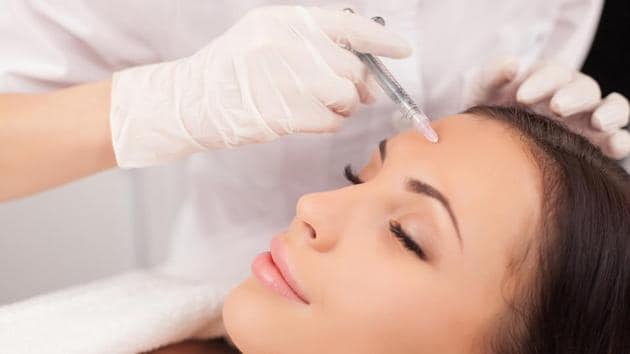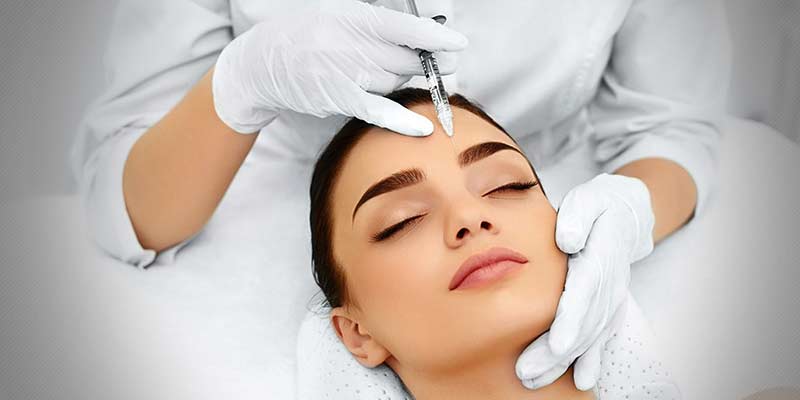Filler
Fillers
Hyaluronic acid (HA) dermal fillers are one of the most common nonsurgical modalities in aesthetic medicine due to their ease of administration, quick onset of action and minimal recovery time for patients
Although HA fillers are useful for facial rejuvenation and soft-tissue augmentation, complications such as delayed inflammatory reactions (DIRs) and aesthetically unpleasant outcomes can arise, in addition to common side effects like bruising, swelling and redness.


HA Dermal Filler Treatment
An online survey was conducted to understand the current practices in HA dermal filler treatment in Asia Pacific. As the survey only collected information on treatment practices, ethics approval was not required. Practitioners from 10 regions in Asia Pacific completed the online survey between May and June 2021.
A panel comprising 13 clinical experts with extensive experience in using HA fillers, known as the Senior Aesthetics Filler Experts (SAFE) council, convened in a virtual meeting in July 2021 to review and discuss the survey findings, and establish a consensus for safe and appropriate use of HA dermal fillers. Specifically, they proposed recommendations and practical approaches to prevent and manage DIRs and achieve natural-looking results.
Introduction
Hyaluronic acid (HA) fillers are the mainstay of the modern era of bioactive injectable materials for aesthetic purposes. The HA fillers injections are second most-frequently performed aesthetic medicine procedures in the world after botulinum toxin injections.
The primary favourable characteristics that make the HA fillers popular are limited allergic reactivity, availability of an antidote, and a wide selection of products fulfilling different aesthetic goals.

Make an Appointment
Book your appointment today for a personalized consultation. Whether you're interested in PRP treatment or other hair restoration solutions, our expert team is here to guide you through the process. Let's discuss how we can help you achieve your desired results.
Frequently Asked Questions
Hair restoration and PRP therapy can raise many common concerns among our clients. Below, we’ve compiled answers to frequently asked questions to help you better understand the PRP hair treatment process, its benefits, and what to expect during your journey to healthier hair. If you have any additional questions, feel free to contact our specialists.
-
What is PRP hair
treatment and how does it work?
PRP (Platelet-Rich Plasma) therapy involves drawing a small amount of your blood, processing it to extract the platelet-rich plasma, and injecting it into your scalp. The platelets release growth factors that stimulate hair follicles, promoting natural hair growth and improving hair thickness.
-
How
long does it take to see results from PRP hair treatment?
Most patients begin to see noticeable improvements within 3-6 months after starting PRP therapy. However, the timeline can vary based on individual hair growth cycles and the severity of hair thinning.
-
Is
PRP treatment painful?
The procedure involves minor discomfort since it uses small injections into the scalp. Most patients find the pain tolerable, and a numbing cream is often applied beforehand to minimize any discomfort.
-
How
many PRP sessions will I need?
Typically, a series of 3-4 sessions spaced 4-6 weeks apart is recommended to achieve optimal results. After the initial treatments, maintenance sessions every 6-12 months may be suggested to sustain hair growth.
-
Are
there any side effects of PRP hair treatment?
PRP treatment uses your own blood, so the risk of adverse reactions is minimal. Some mild swelling, redness, or tenderness at the injection site may occur but typically resolves within a few days.





